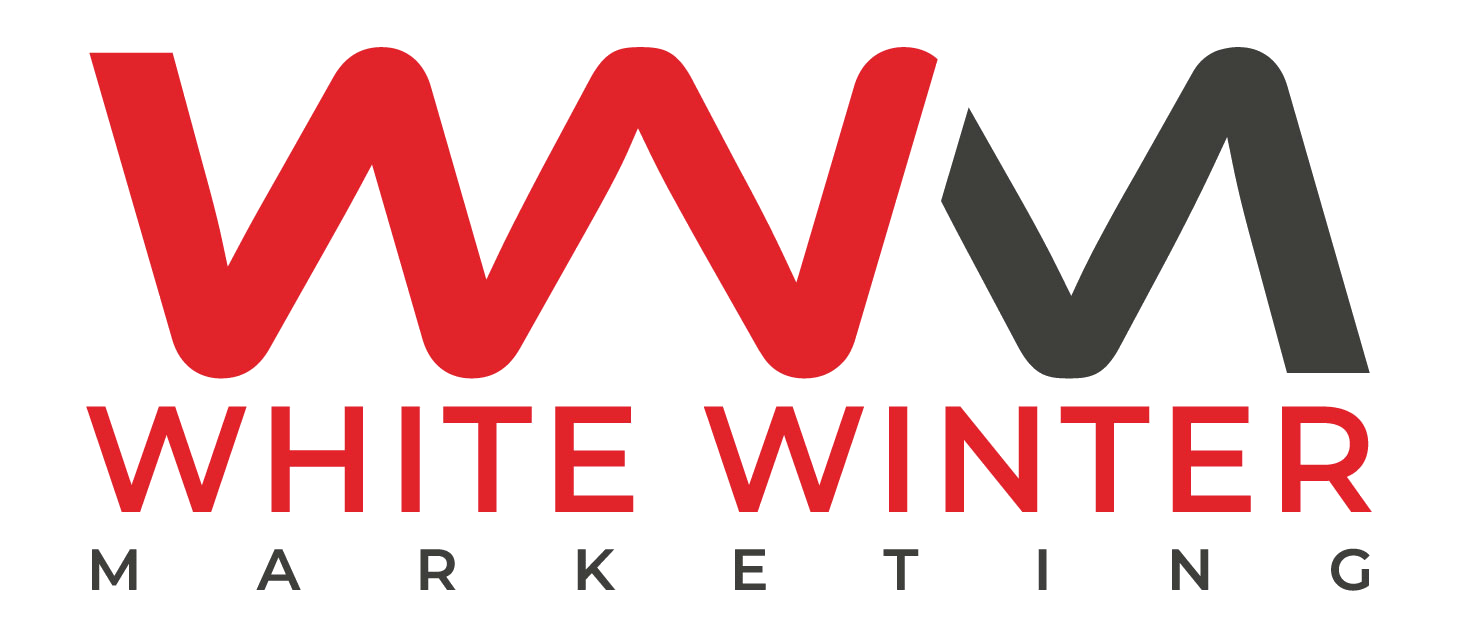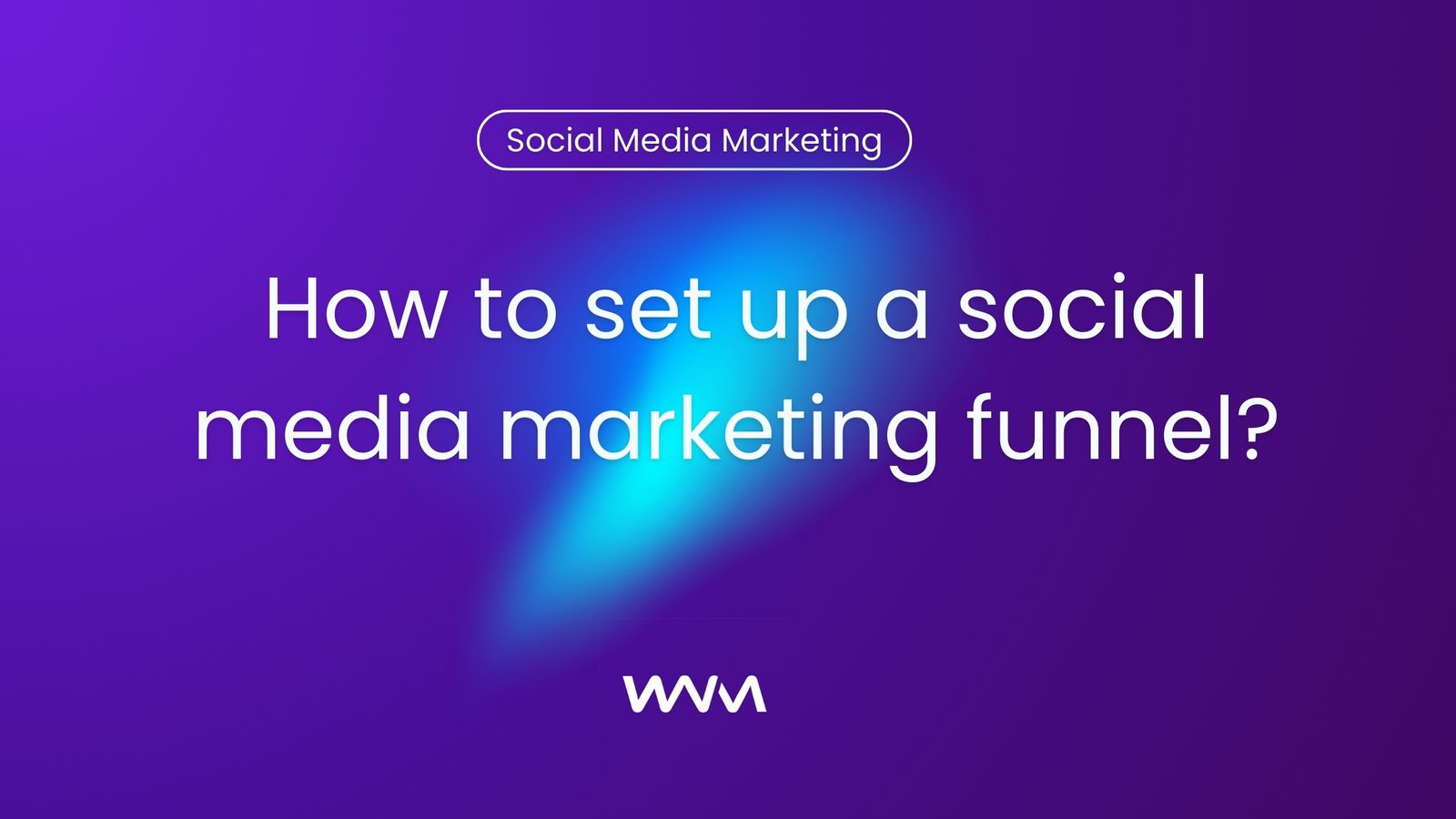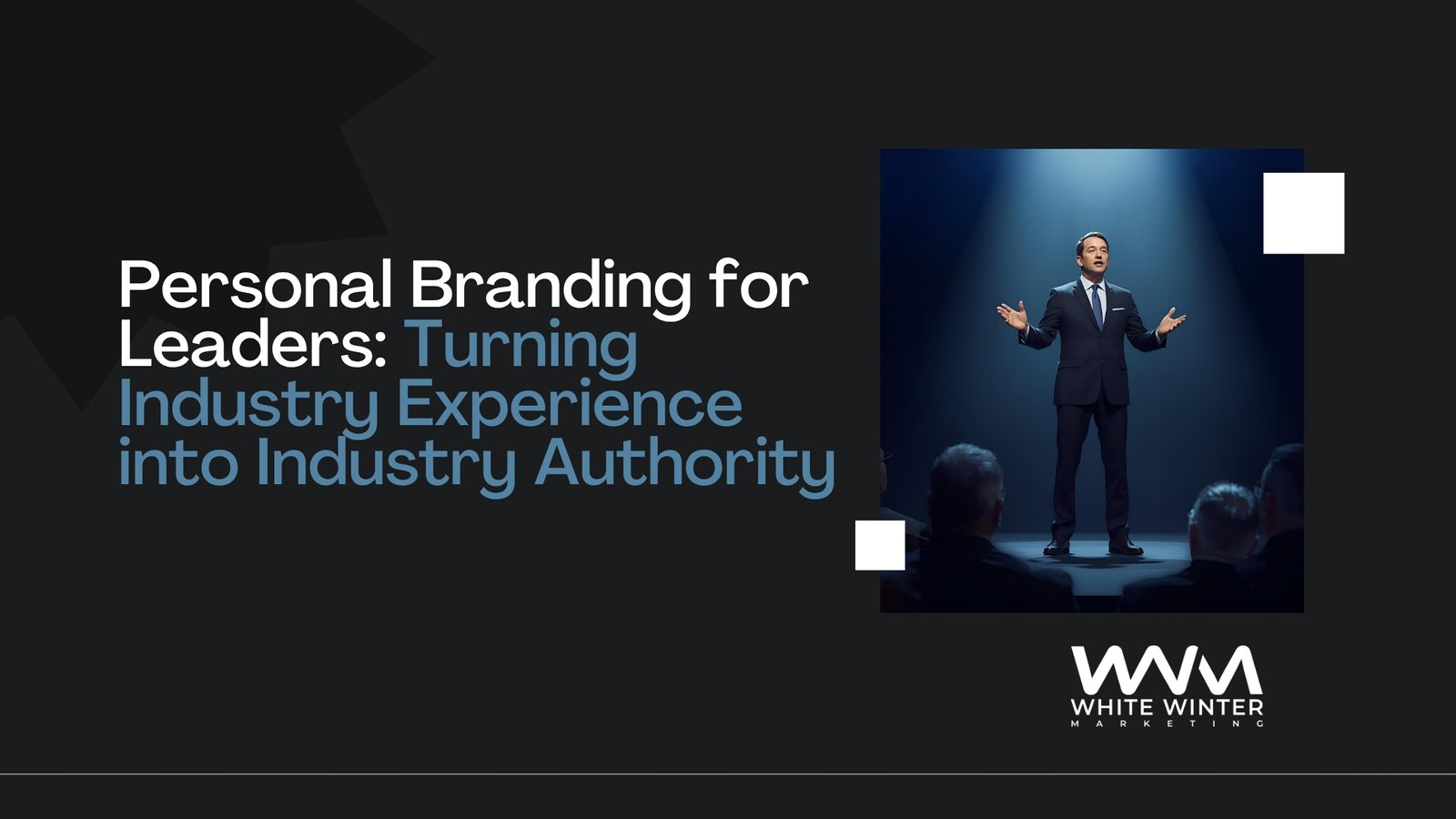Workplace Trends You Cannot Miss
Workplaces are evolving faster than ever. Remember how “quiet quitting” took over headlines and LinkedIn feeds not too long ago? It wasn’t just a buzzword—it was a sign that employees are rethinking work, boundaries, and balance. And that’s just one example. From hybrid work models to AI in the workplace, today’s trends aren’t passing fads—they’re shaping the future of how we work, collaborate, and grow.
In this article, we’ll explore the workplace trends you cannot miss—the ones influencing culture, leadership, and employee expectations in 2025 and beyond.
Quiet Hiring: Addressing Quiet Quitting
“Quiet hiring” emerged in 2023 as a countermeasure against “quiet quitting,” a trend in which workers withdraw themselves from full engagement, undermining skill retention and organizational efficacy.
- Internal Talent Mobility: Job rotations were a forward-thinking company approach that made employees use their skills in different parts of an organization. For example, one-time bonuses, salary increases, extra paid leave, promotions, and flexi time were some of the incentives that motivated people to accept new duties.
- Focused Upskilling: For instance, organizations spent on targeted learning activities that aimed at the ability of workers to adjust to dynamically changing business requirements Such an approach made it possible for workers to acquire more skills through job shifts.
- Leveraging External Talent: When organizations found it imperative to hire new full-time employees, they looked for alternative solutions. For instance, they leveraged alum networks and partnered with gig workers with specific expertise for crucial tasks. These arrangements offered an opportunity to tap into expertise without a permanent commitment.
The trend Quiet Hiring, which dealt more with skills attrition and the creation of new skills and abilities kept the organizations going in the challenging 2023 environment.
Equitable Flexibility: Extending Hybrid Work Benefits
With desk-based employees, hybrid work became the norm in 2023; however, flexibility was extended to frontline workers from manufacturing to healthcare. This was different from the previous conception of workplace flexibility.
Frontline employees sought flexibility in various aspects of their work:
- Variety in Tasks: They wanted to be able to decide the kinds of jobs they did.
- Collaboration: They loved it for the opportunity it provided to choose their workmates and other associated benefits.
- Workload Control: They needed to owners of the volume of work they accepted.
There was also an emphasis on paid leave options, highlighting the need for fair flexibility. During this year, organizations hoped to allow frontline employees to partake in the same flexible work arrangements accorded to desk-based employees.
The Hybrid Work Evolution: Balancing Remote and Office Work
In 2023, work had taken a different dimension. There was a shift away from the all-remote work model, which dominated companies during the COVID-19 era.
In contrast, employers opted for a middle-of-the-road strategy whereby employees work from home for about two to three days a week with a minimum presence at the workplace. The strategy was meant to retain valuable employees for efficient coordination and production.
The experts, such as Charu Malhotra, Co-Founder and CHRO of Primus Partners, saw the hybrid work model as more than a short-term phenomenon in response to an exceptional situation. It also helped develop a conducive work environment that made employees more cheerful and productive.
The hybrid work model proved the changing nature of work and the diverse needs of workers. The balance of virtual and in-person roles provided the ideal flexibility.
Embracing Nontraditional Talent: Enriching HR Teams
Organizations tended to look for nontraditional talent in 2023 to enrich their human resources. The approach was different from the traditional recruitment practices and emphasized openness to ideas, innovation, flexible culture, and diversity.
Leading expert Neha Mishra noted that this workplace trends you cannot miss signaled a departure from established hiring practices, emphasizing:
- Flexibility: Dealing with different working conditions and schedules.
- Innovation: New ideas and creative approaches to everything.
- Problem-solving: The development of creative problem-solving skills.
- Dynamic Culture: Creating a flexible and energetic work environment.
- Diversity of Skills and Perspectives: Taking heed to insights from different sources.
The quest for an unconventional labor force demonstrated a future-oriented recruitment paradigm that leveraged the potential of non-conventional abilities. This transformative workplace trends you cannot miss is expected to continue changing the work of the future.
Your Blueprint to Building a Corporate Communication Strategy
The People-Centric Pivot : Prioritizing Employee Well-being
In the recent years, organizations moved from profit-centric to people-centric entities, prioritizing employees’ well-being. This was against workplaces that were merely professional-oriented, which were changing now to provide for both professional development and personal needs.
Garima Mishra, a senior vice-president of HR at Brookfield Properties India, highlighted many leaders who championed initiatives that helped employees excel in their careers and lives. Among the most characteristic events of the year was this shift.
Organizational priorities were shifted to prioritize employee wellness as a base for creating flexible and productive teams. The people-centric approach shaped the future of work and focused on adaptability, welfare, and innovation in talent acquisition and retention.
Shadow AI & “Downloadable” Employees
Nearly 50% of employees are using AI tools at work without management approval, creating a “shadow productivity economy.” At the same time, organizations are deploying AI agents (“downloadable employees”) to automate workflows.
-
It signals that AI adoption is accelerating—even quietly—and redefining efficiency, oversight, and roles.
Human-Centric Leadership Amid AI Rise
As automation grows, leadership is shifting toward empathy, emotional intelligence, and purpose-driven workplace strategies.
-
Leaders who focus on genuine connection, not control, will thrive in AI-integrated environments.
The 4-Day Workweek Redefined
The four-day workweek is gaining traction as a tool to boost productivity, mental health, and job satisfaction—without cutting pay.
-
It reflects the evolving definition of work-life balance.
Immersive Workspaces & VR/AR Collaboration
Remote collaboration is evolving beyond Zoom—enter immersive platforms powered by VR, AR, and metaverse-inspired technologies.
-
These tools recreate in-person dynamics, making remote work more engaging.
Tiny Teams, Big Ambitions
AI-native startups are cutting the fat—creating “tiny teams” that achieve outsized results through agility and automation.
-
Leaner organizations can scale faster and pivot smarter with fewer resources.
Gen Z’s “Career Lily Pad” Approach
Gen Z isn’t chasing traditional ladders—they’re hopping across “lily pads,” moving through roles aligned with their values and flexibility. They’re building careers—not just climbing.
-
Career paths are becoming more fluid, personalized, and non-linear.
AI Skepticism: Robots Not as Bosses
While AI tools boost productivity, employees—especially younger ones—resist being directly managed by them. Trust remains in humans, particularly for empathetic or fairness-critical decisions.
-
Balancing AI efficiency with human oversight is crucial for workplace trust.
Wellness Moves from Perk to Expectation
Mental health support, mindfulness programs, and psychological safety are now strategic workplace priorities—not optional perks.
-
Investing in well-being drives engagement, retention, and ROI.
Loneliness as a Business Risk
Isolation isn’t just sad—it hampers performance. Employers are building hubs, social initiatives, and inclusive spaces to encourage belonging and collaboration.
-
Connection drives productivity.
Sustainability & Green Workplaces
Eco-conscious office design, energy efficient spaces, paperless practices, and carbon-neutral goals are reshaping workplace environments.
-
Sustainability is becoming integral to brand identity and talent attraction.
Employer Branding Services
At White Winter Marketing, we offer Employer Branding, Content Marketing, and Personal Branding Services to Leaders. Our clientele includes global businesses in B2B, SaaS, Tech Entrepreneurs, and more. Email us at digital@whitewintermarketing.com to start your branding. Connect with us on LinkedIn and Twitter.
About WhiteWinter Marketing



